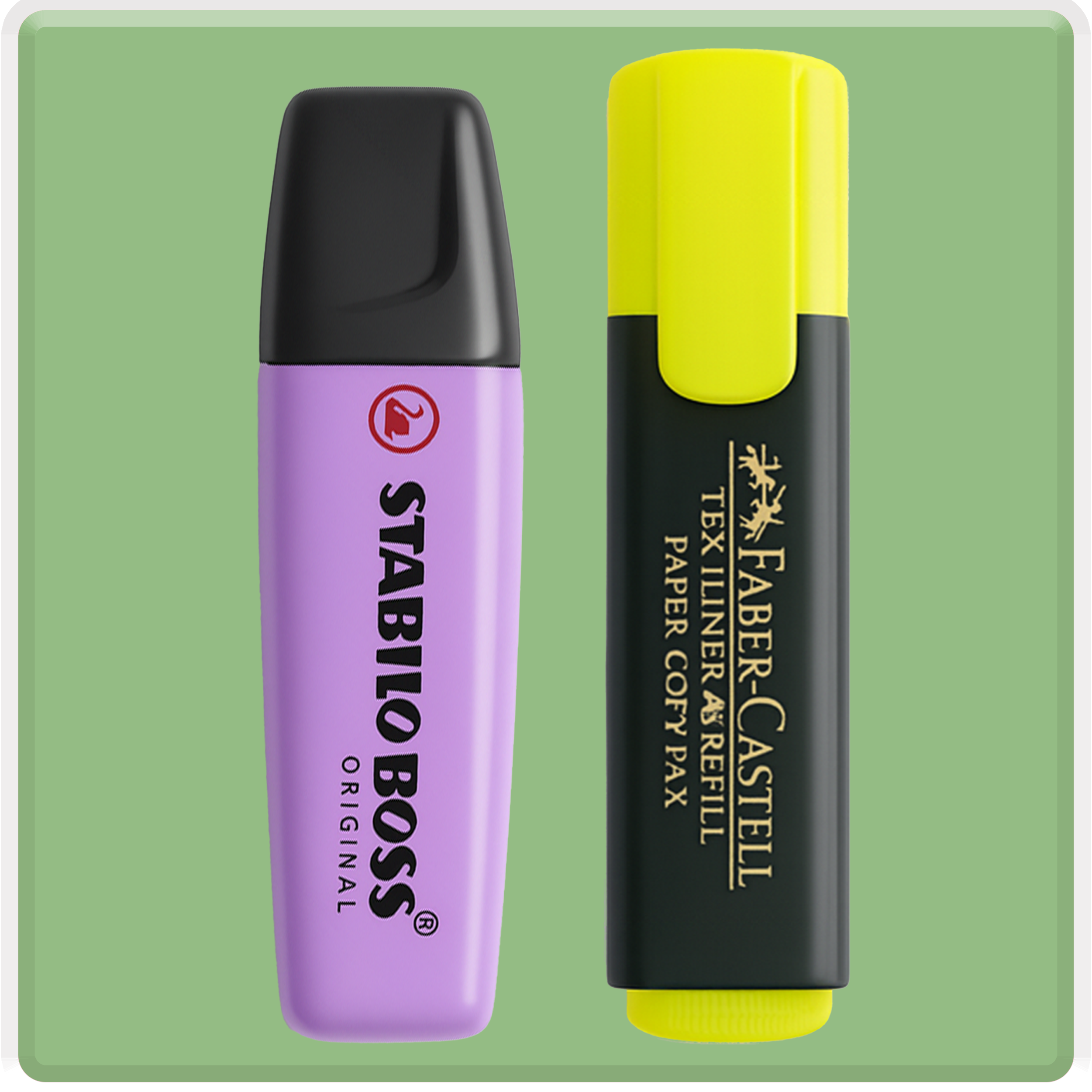
In today's fast-paced world, finding a moment of tranquility and relaxation is a precious commodity. Whether you're a stressed-out student, a busy professional, or simply someone looking to find your inner peace, art therapy might be your answer. It's a therapeutic practice that allows you to express yourself, alleviate stress, and achieve a sense of calm. In this article, we'll explore how to calm down with art therapy and why it can be beneficial for everyone.
What is Art Therapy?
Art therapy is a form of creative expression and psychotherapy that encourages individuals to use art materials as a means of self-discovery and emotional healing. It provides a non-verbal outlet for emotions, thoughts, and feelings that may be difficult to express in words. Art therapists often work with individuals of all ages, including children, adolescents, and adults.
The Calming Power of Art Therapy
Art therapy offers numerous benefits, and one of the most significant is its ability to promote relaxation and calm. Here's why it can be an effective tool for calming your mind:
- Stress Reduction: Engaging in art-making can reduce cortisol levels (the stress hormone) in the body. As you focus on your creative process, your mind can escape the worries and anxieties of the day, leading to a more relaxed state.
- Mindfulness: Art therapy encourages you to be present in the moment. As you concentrate on the colors, shapes, and textures in your artwork, you enter a state of mindfulness, leaving behind the distractions that contribute to stress and anxiety.
- Emotional Expression: Sometimes, it's challenging to put your emotions into words. Art therapy provides a safe space to express your feelings visually. This can be cathartic, allowing you to release pent-up emotions and find emotional relief.
- Self-Exploration: Creating art can lead to self-discovery. You might uncover aspects of yourself, your values, and your desires that were previously hidden. This self-awareness can lead to a sense of inner peace and alignment with your true self.
- Distraction from Negative Thoughts: Engaging in the creative process can divert your attention away from negative thoughts and worries. It offers a productive and positive way to occupy your mind.
- Relaxation and Stress Reduction: Engaging in art therapy promotes relaxation and reduces stress. It has a calming effect on the nervous system, helping you unwind after a long day.
- Enhanced Problem-Solving Skills: Art therapy encourages creative problem-solving, which can transfer to everyday life. It can help you approach challenges with a calm and innovative mindset.
- A Sense of Accomplishment: Completing an art therapy session provides a sense of accomplishment, which can boost self-esteem and self-worth.
How to Get Started with Art Therapy for Calming Down
Art therapy doesn't require you to be an artist or have any special skills. It's accessible to everyone. Here's how to get started:
- Gather Your Art Supplies: Begin by collecting your art materials. You don't need a fancy studio or expensive tools. A simple sketchbook, some colored pencils, markers, or even watercolors will do. Choose materials that you're comfortable with and enjoy using.
- Create a Relaxing Environment: Find a quiet and comfortable space where you can work without disruptions. You might want to play calming music, light a scented candle, or simply enjoy the serenity of a peaceful room.
- Choose Your Focus: Decide what you want to create. It can be anything from a drawing, a painting, a collage, or even a piece of sculpture. Select a subject or theme that resonates with you, or simply start without a specific goal in mind.
- Let Go of Expectations: One of the beauties of art therapy is that there are no right or wrong outcomes. Let go of any expectations about what your artwork should look like. Focus on the process, not the end result.
- Express Yourself: As you work on your art, allow yourself to express your emotions and thoughts freely. If a particular feeling emerges, let it flow onto the canvas or paper. Use colors, shapes, and lines to convey your inner world.
- Reflect on Your Creation: Once you've completed your art, take some time to reflect on what you've created. Consider the emotions, memories, or insights that the process has revealed. Journaling your thoughts can be a helpful companion to your art.
- Practice Regularly: Art therapy is most effective when practiced regularly. Set aside time for art-making in your daily or weekly routine. Over time, you'll likely notice the cumulative benefits on your mental well-being.
- Seek Professional Guidance: If you're dealing with deep-seated emotional issues or trauma, it's advisable to seek the guidance of a qualified art therapist who can help you navigate the process safely and effectively.
Final Thoughts
Art therapy is a powerful tool for calming down and finding inner peace. It provides a safe and non-judgmental space to express yourself, reduce stress, and promote mindfulness. Whether you're an artist at heart or a complete beginner, art therapy is a versatile practice that can benefit individuals of all ages.
Incorporating art therapy into your life is a way to prioritize your mental health and well-being. It's a journey of self-discovery and healing that can help you navigate the challenges of modern life with a sense of calm and serenity. So, gather your art supplies, create your own tranquil space, and start your art therapy journey today. Your inner peace awaits.
With all these insights and guidance, you can begin your journey towards a calmer and more peaceful life through the therapeutic power of art. Explore the depths of your emotions, express your inner world, and find serenity in the strokes of your creativity.











1 Comment
https://yourmentalhealthpal.com/therapeutic-art-activities-to-help-you-relax/